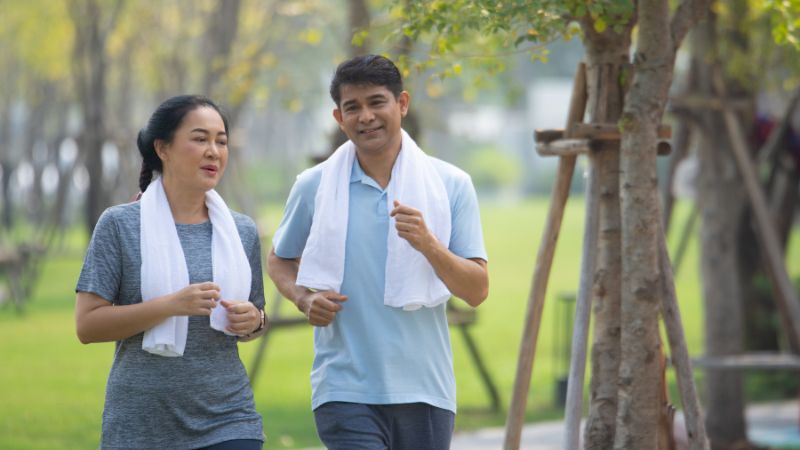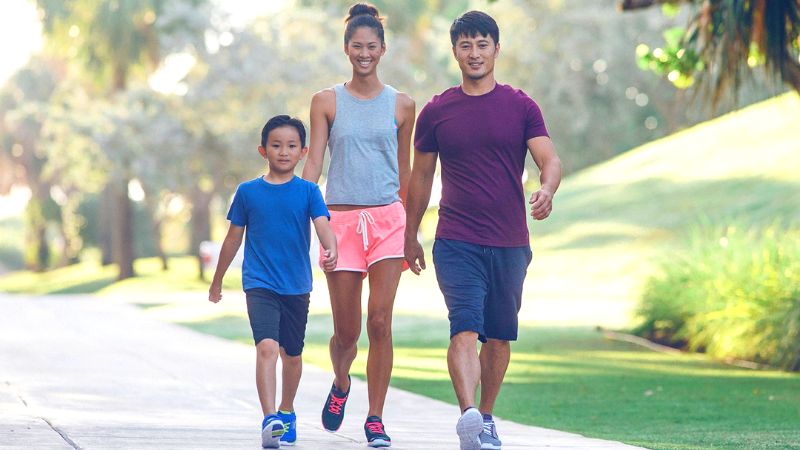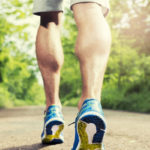Running is considered to be a cardiovascular activity that promotes good blood circulation and is beneficial for the body. However, some people have bad habits that can have a negative impact on the body and lead to premature aging. Let’s explore 3 bad habits when running that can accelerate aging!
1 Not fueling up properly before running
According to Dr. Mike Bohl, Director of Health and Education Content at Ro, during running, the body needs a lot of energy to sustain endurance and avoid the risk of exhaustion, which can lead to unwanted injuries.
Therefore, before running, you need to eat some nutrient-rich foods to fuel your body.
 Fueling up properly before running
Fueling up properly before running
2 Not warming up properly before running
In addition to not fueling up properly, many people make the mistake of not warming up properly before running.
The best way to warm up is to walk first, then gradually increase the speed by walking fast and running. You can also perform stationary exercises such as squats, high knees, and jumping jacks to properly warm up your muscles and joints, which can help reduce injuries when running.
 Not warming up properly before running
Not warming up properly before running
3 Wearing inappropriate footwear for running
Dr. Mike Bohl suggests that you should choose a pair of running shoes that are flexible, have proper elasticity, and provide comfort for yourself. Wearing inappropriate shoes can lead to injuries such as knee, hip, back, and foot-related issues.
 Wearing appropriate footwear for running
Wearing appropriate footwear for running
4 Improper running posture
Running posture is also crucial for running efficiency, as it directly affects the body’s pressure distribution. Running with improper posture can not only be ineffective but also lead to injuries and faster aging.
Some common improper running postures include leaning too much forward or backward, landing incorrectly, lifting the head too high, swinging the arms sideways,…
 Improper running posture
Improper running posture
You should pay attention to observe and control your body parts while running to maintain the correct running posture. Keep your eyes straight, have balanced and relaxed shoulders. The upper body should lean slightly forward, avoiding excessive tension on the knees and back.
In addition, you should avoid tensing your arms or swinging them too forcefully while running. Keep your elbows at a 90-degree angle and maintain a straight leg stride.
Furthermore, you should not land with your heel or toe, lift your knees too high, keep your knees slightly bent when landing. At the same time, relax your feet as much as possible and avoid taking excessively long strides, as it can cause injuries and energy loss.
5 Improper cool-down after running
If you want to finish your running session and cool down your body, you should gradually reduce your running speed until it matches your normal walk. This will allow your muscles to recover and prepare for the next activities.
 Gradually reduce running speed to match normal walk
Gradually reduce running speed to match normal walk
6 Excessive running frequency and intensity
Many people believe that running at high intensity can bring the best results. However, incorrect and excessive training can have negative effects on health.
Excessive running can cause muscle fatigue, weakened immune system, muscle pain, joint wear and tear,… Continuous physical activity without proper recovery can quickly lead to aging and increase the risk of sudden death.
According to experts, it is best to have rest periods between intense training sessions to allow the body to relax and recover.
 Excessive running frequency and intensity
Excessive running frequency and intensity
Above are the summaries of 6 bad habits when running that can accelerate aging. We hope you will take note of these habits to keep your body healthy and full of vitality!
Source: Health and Life newspaper
Unlock 8 Benefits with a Daily 5-Minute Jog
Living a hectic lifestyle can make fitting in time to exercise difficult. However, studies have revealed that even just 5 minutes of jogging a day can lead to positive outcomes for your health, including a decrease in the risk of developing cardiovascular disease, extending your life span by up to 3 years, or even reducing the susceptibility to heart disease.



































